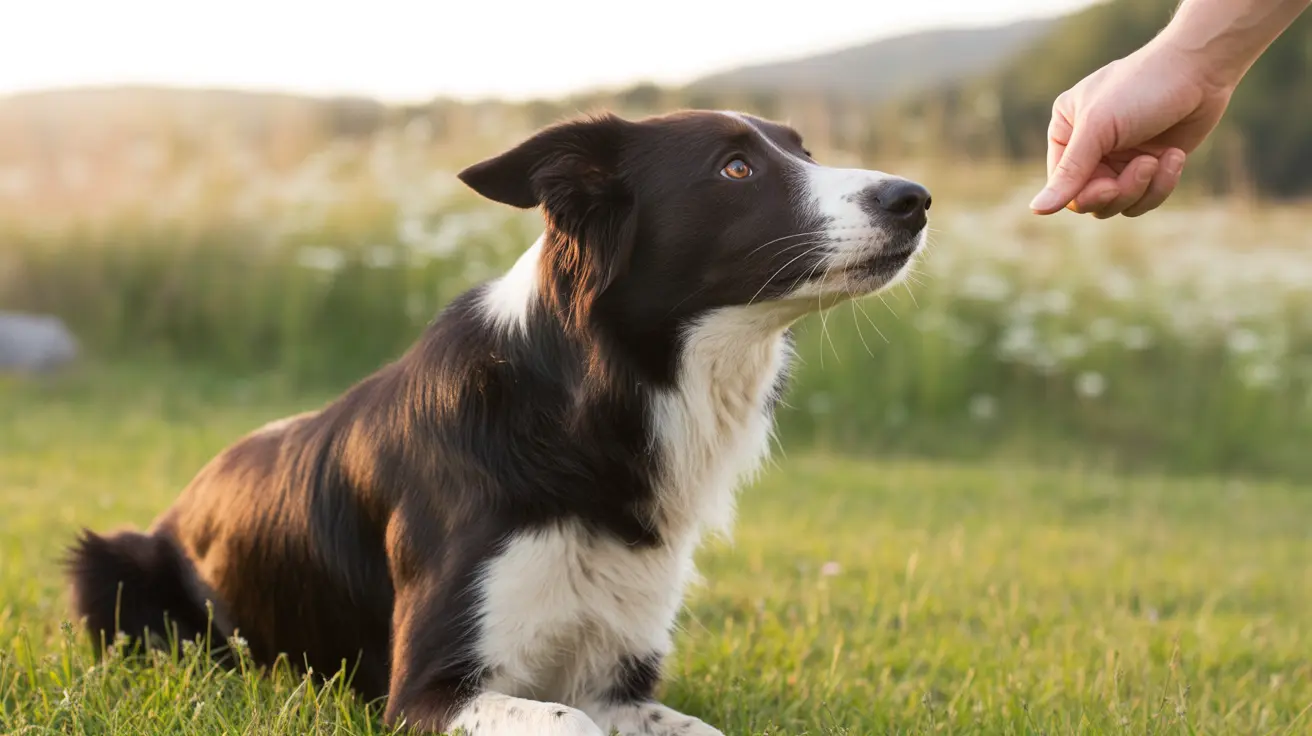Understanding the 3-3-3 Rule in Adopting a Rescue Dog
Adopting a rescue dog is a heartwarming choice that can transform not just an animal's life but also your own. However, welcoming a new dog into your home can come with challenges as they transition from shelter life to a permanent loving environment. To help new pet parents, experts recommend the 3-3-3 rule—a simple psychological timeline to understand what your dog experiences after adoption.
What is the 3-3-3 Rule?
The 3-3-3 rule breaks down the adjustment period for a newly adopted dog into three phases:
- 3 Days to Decompress: In the first 72 hours, your dog feels overwhelmed by the new environment. They may be scared, anxious, or overly quiet and may avoid eating or exploring.
- 3 Weeks to Adjust: By the third week, your dog begins to settle in. They start to understand the household routine, feel slightly more comfortable, and may begin showing their personality.
- 3 Months to Feel Secure: After three months, most dogs feel truly at home. They're bonded with the family, understand house rules, and feel secure in their place in the household.
Phase One: The First 3 Days
During this initial decompression period, a dog may act shy, nervous, or experience sensory overwhelm. Don’t be alarmed if your pet hides, avoids eye contact, or refuses food. Avoid crowded places, limit visitors, and create a calm, quiet space. Allow your dog to initiate interaction and get used to the new smells, sights, and sounds at their own pace.
- Give them space and time to adjust without pressure.
- Offer a consistent routine with fixed mealtimes and bathroom breaks.
- Refrain from overstimulation like trips to parks or pet stores.
Phase Two: The First 3 Weeks
After the first few days, the dog begins exploring the house and learning the new rules. They may start to test boundaries or display learned behaviors. This is a critical time to begin basic training and routines.
- Introduce house training or reinforce it gradually with patience.
- Set rules and structure like where the dog can go, feeding locations, and walk schedules.
- Begin socialization slowly, avoiding overwhelming situations.
Phase Three: After 3 Months
At this point, a strong relationship begins to form between the dog and their humans. They feel secure, exhibit their full personality, and become integrated family members. It’s an ideal time to focus on advanced training, consistent routines, and introducing new environments with more confidence.
- Strengthen training to encourage confidence and obedience.
- Continue socialization with pets and new environments.
- Monitor physical and emotional health, scheduling regular vet visits.
The Benefits of Following the 3-3-3 Rule
Applying this timeline improves the overall success of the adoption and reduces the likelihood of behavioral problems that often lead to returns. The 3-3-3 rule emphasizes patience, structure, and empathy. It also aligns with the guidance from shelters and organizations like the ASPCA, who stress the importance of setting realistic expectations.
Additional Tips for a Smooth Transition
- Be prepared with supplies: Dog bed, collar, leash, bowls, toys, and food.
- Dog-proof your home: Remove toxic plants, secure chemicals, and close off unsafe areas.
- Stick to a schedule: Dogs thrive when they know what to expect.
- Positive reinforcement: Reward good behavior with treats and praise instead of punishing mistakes.
Conclusion
Adopting a rescue dog is a truly rewarding experience that demands time, patience, and understanding. The 3-3-3 rule offers a roadmap to guide new pet owners in supporting their furry friends through the critical early phases of adjustment. Remember, every dog is unique, but with love and structure, they can become a cherished member of the family.





